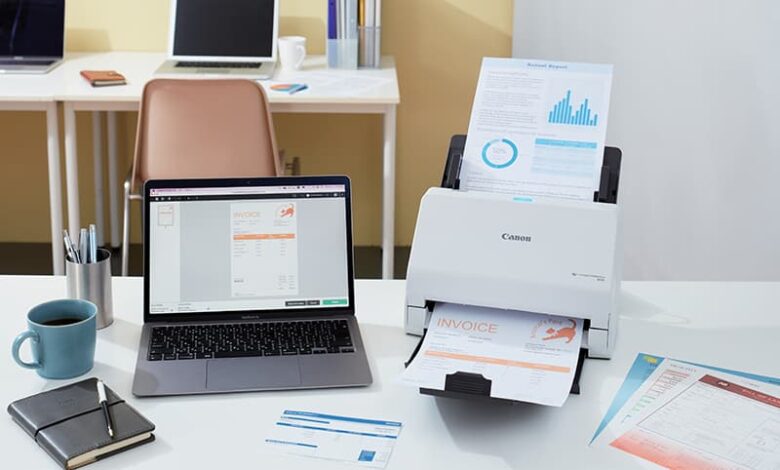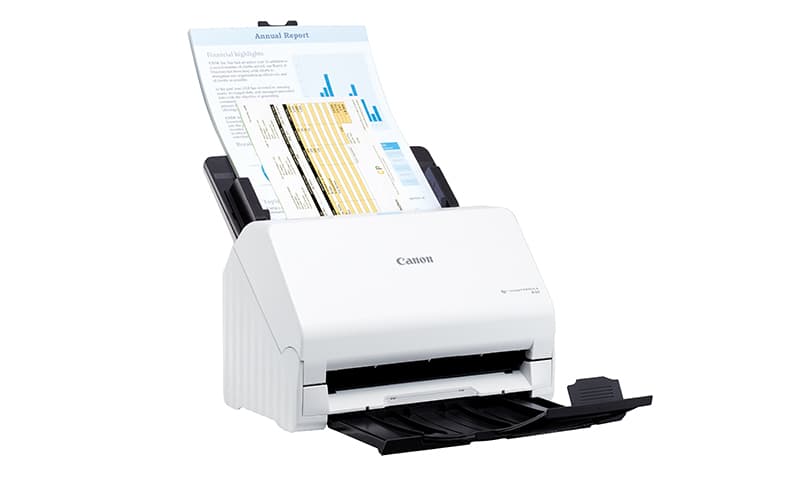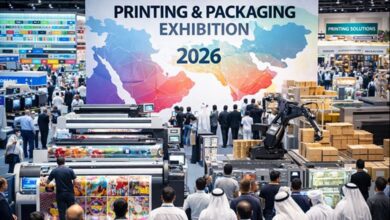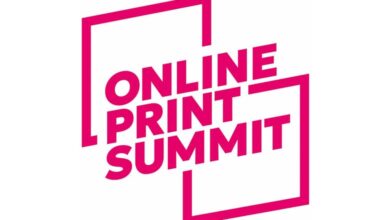Canon Launches Versatile Plug and Play Scanner

Canon Europe announced the launch of its imageFORMULA R30 document scanner which is ideal for home offices and small businesses. The device has a fast set up time, allowing users to plug and play in less than 60 seconds and is ideal for scanner users who seek productivity, convenience, and ease of use.

Simple set up yet powerful performance
As well as a quick and easy setup, the new imageFORMULA R30 is compatible with both Windows and Mac devices, making it suitable for single users as well as those working in shared spaces that contain a combination of different devices. The scanner also includes a wide range of functions and has the ability to handle documents in a variety of sizes – including business cards, invoices, photos, and records. For extra productivity, there is also no need to separate these document types as the device can batch scan double sided 60 sheets of mixed documents.

The new imageFORMULA R30 also includes automatic enhancement features which detect size and colour, de-skew, and correct orientation, helping to save time and ensure quality without the need to constantly adjust settings. Equipped with built in CaptureOnTouch Lite software, documents can also easily be converted into a range of file formats including PDF, TIFF, JPEG, and PNG – as well as being searchable using key words.
Designed to be more sustainable
The imageFORMULA R30 is built with longevity in mind with parts that have been designed to last longer. For minimised environmental impact, it also consumes less than 10W of electricity during operation and is packaged in reusable materials such as paper and biodegradable plastic, with no polystyrene. Its low weight of less than 3kg also allows for efficient transport and for carbon emissions to be reduced.





